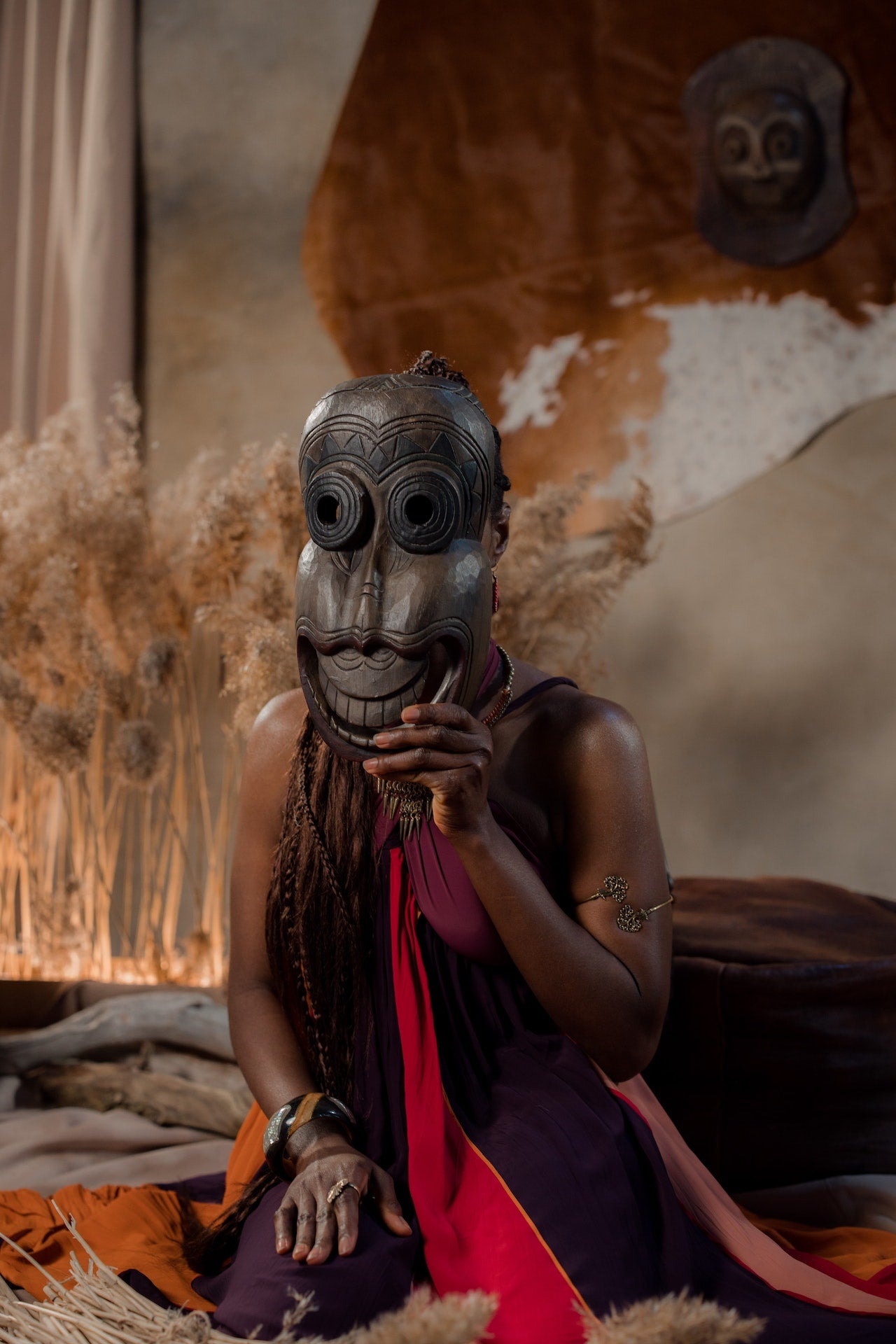
Pablo Picasso's debt to African culture is significant, as it played a crucial role in the development of his artistic style and the emergence of European modernism.
Picasso was exposed to African art in the early 1900s, when African artifacts and masks began to appear in European museums and collections. He was immediately struck by the abstract and geometric qualities of African art, as well as its expressive power and its ability to communicate emotion through simple forms.
Picasso incorporated these elements into his own work, adopting the stylized forms, angular lines, and flattened perspectives that were characteristic of African art. This helped to transform his style and set him apart from his contemporaries, paving the way for the emergence of European modernism.
In addition to influencing his style, African art also influenced Picasso's subject matter. He was particularly drawn to the traditional African masks used in tribal rituals, which he saw as powerful symbols of both spirituality and primitive instinct.
Picasso's appropriation of African art has been controversial, with some critics accusing him of exploiting African culture for his own purposes. However, it is clear that his debt to African culture is significant, as it played a key role in the development of his artistic vision and the emergence of European modernism.
